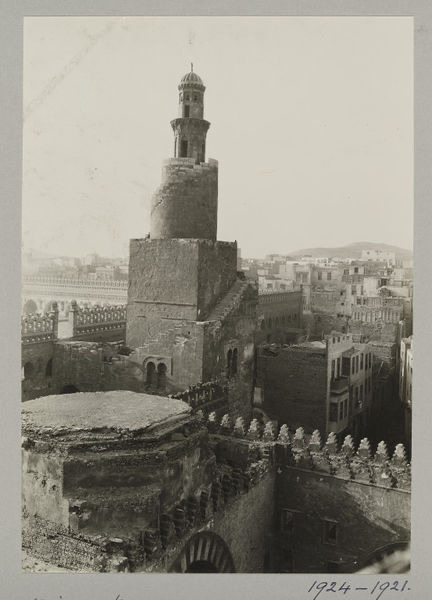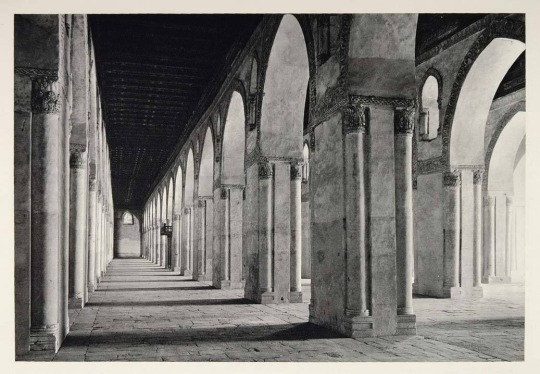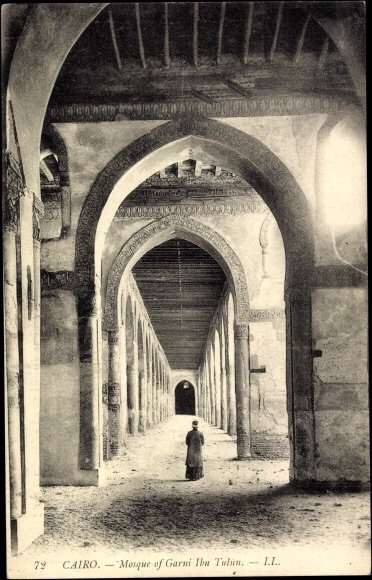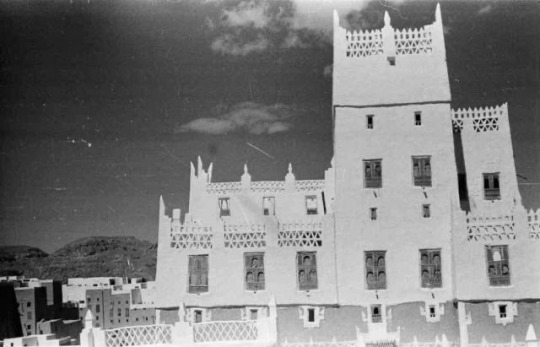Text

Yukio Futagawa (Japanese photographer, editor, and publisher 1932 - 2013), Rural Houses of Japan, 1958 - 1960
#Yukio Futagawa#architecture#japan#japanese architecture#photography#black and white#black and white photography#japanese photographer#rural#book of khidr#bookofkhidr
973 notes
·
View notes
Text

Yukio Futagawa (Japanese photographer, editor, and publisher 1932 - 2013), Rural Houses of Japan, 1958 - 1960
#yukio futagawa#japan#japanese architecture#architecture#rural#rural architecture#photography#black and white#black and white photography#habitat#japanese#japanese photographer#book of khidr#bookofkhidr
402 notes
·
View notes
Text

Yukio Futagawa (Japanese photographer, editor, and publisher 1932 - 2013), Rural Houses of Japan, 1958 - 1960
#photography#architecture#habitat#rural#black and white#black and white photography#japanese architecture#rural architecture#japan#book of khidr#bookofkhidr#yukio futagawa
557 notes
·
View notes
Quote
To the starving man the beauty of Fujiyama has no meaning.
Japanese Proverb
#Japanese Proverb#Japanese Proverbs#proverb#proverbs#fujiyama#quote#quotes#book of proverbs#book of khidr#bookofkhidr
260 notes
·
View notes
Quote
Music is liquid architecture; architecture is frozen music.
Johann Wolfgang von Goethe
745 notes
·
View notes
Quote
However rich it may be, (Islamic) ornamentation never destroys the simplicity, not to say the sobriety of the architectural whole; such at least is the rule that is observed in all ages and milieu that are not decadent. In a general manner the architectural whole manifests equilibrium, calmness and serenity.
Titus Burckhardt, from The Void in Islamic Art
#Titus Burckhardt#The Void in Islamic Art#islamic art#art#islamic architecture#architecture#quote#quotes#islamic design#design#bookofkhidr#book of khidr
221 notes
·
View notes
Quote
Islamic ornamentation knows two principal modes, that of the arabesque in the strict sense of the term, made up of sinuous and spiral forms more or less related to vegetable motifs, and that of geometrical interlacing. The first is all rhythm and fluidity and continuous melody, whereas the second is crystalline in nature: the radiating of lines from multiple geometrical foci recalls snowflakes or ice; it gives the impression of calm and freshness.
Titus Burckhardt, from The Void in Islamic Art
#Islamic ornamentation#The Void in Islamic Art#Titus Burckhardt#art#islamic art#rhythm#quote#quotes#geometry#book of khidr#bookofkhidr
243 notes
·
View notes
Quote
Islamic ornamentation knows two principal modes, that of the arabesque in the strict sense of the term, made up of sinuous and spiral forms more or less related to vegetable motifs, and that of geometrical interlacing.
Titus Burckhardt, from The Void in Islamic Art
#Titus Burckhardt#The Void in Islamic Art#Islamic art#art#arabesque#geometry#quote#quotes#book of khidr#bookofkhidr
97 notes
·
View notes
Text

Minaret of Ibn Tulun mosque in Cairo, Egypt, built entirely of carved stucco, red brick, and plaster, with a helical (spiral) outer staircase (similar to the minaret in Samarra). It was said one could climb these stairs on a horse and this has fascinated me since childhood. Architectural historian Doris Behrens-Abouseif asserts that Sultan Lajin, who restored the mosque in 1296, was responsible for the construction of the current minaret. Photographed by K.A.C. Creswell circa 1921-1924.
#minaret#mosque#architecture#islamic architecture#arab architecture#sacred architecture#cairo#egypt#ibn tulun mosque#Doris Behrens-Abouseif#Sultan Lajin#K.A.C. Creswell#photography#black and white#black and white photography#vintage photography#book of khidr#bookofkhidr
277 notes
·
View notes
Text

Inner arches of Ibn Tulun mosque in Cairo, Egypt. The mosque was commissioned under the rule of Ahmad ibn Tulun (Abbassid governor of Egypt from 868–884), designed by the prominent Egyptian architect Saiid Ibn Kateb Al-Farghany (a Christian Orthodox architect and engineer who designed the Nilometer), constructed in the Samarran style common with Abbasid constructions. It’s the oldest mosque in Egypt surviving in its full original form, and the largest mosque in Cairo. Photogravure by Martin Hürlimann (Swiss publisher and photographer) in 1937.
#ibn tulun mosque#arches#architecture#islamic architecture#sacred architecture#photography#black and white#black and white photography#photogravure#cairo#egypt#Egyptian architect Saiid Ibn Kateb Al-Farghany#Ahmad ibn Tulun#Martin Hürlimann#bookofkhidr#book of khidr
197 notes
·
View notes
Text

Ibn Tulun mosque commissioned under the rule of Ahmad ibn Tulun (Abbassid governor of Egypt from 868–884), designed by the prominent Egyptian architect Saiid Ibn Kateb Al-Farghany (a Christian Orthodox architect and engineer who designed the Nilometer), constructed in the Samarran style common with Abbasid constructions. It’s the oldest mosque in Egypt surviving in its full original form, and the largest mosque in Cairo.
#mosque ibn tulun#cairo#egypt#architecture#islamic architecture#sacred architecture#photography#black and white#black and white photography#vintage photography#Egyptian architect Saiid Ibn Kateb Al-Farghany#mosque#book of khidr#bookofkhidr
298 notes
·
View notes
Text

The city of Shibam, in the desert of Ramlat al-Sab'atayn, known as the first city on earth with a vertical masterplan and for its mudbrick-made high-rise buildings. Dating from the pre-Islamic period, it was the capital of the Hadramawt Kingdom and one of the three major cities of the Qu'aiti Sultanate. Yemen, 1941. Photographer unknown.
#shibam#yemen#arab architecture#islamic architecture#mudbrick-made high-rise buildings#photography#black and white#black and white photography#vintage photography#architecture#Hadramawt Kingdom#book of khidr#bookofkhidr
232 notes
·
View notes
Text


The city of Shibam, in the desert of Ramlat al-Sab'atayn, known for its mudbrick-made high-rise buildings. It was the capital of the Hadramawt Kingdom and one of the three major cities of the Qu'aiti Sultanate. Yemen, 1941. Photographer unknown.
#shibam#yemen#architecture#islamic architecture#arab architecture#photography#black and white#black and white photography#book of khidr#bookofkhidr#Hadramawt Kingdom
863 notes
·
View notes
Text

Omar bin al-Khattab Mosque in Dumat al-Jundal or Dumat al-Jandal (also known as Al-Jawf or Al-Jouf), photographed in 1975. The minaret has five storeys. According to Saudi scholars it was erected in the Umayyad period (661-749) although some scholars attribute its construction to the time of Omar bin al-Khattab caliphate (the second caliph of the Rashidun Caliphate 634-644). Photographer unknown.
#islamic architecture#saudi arabia#photography#black and white#black and white photography#vintage photography#mosque#Omar bin al-Khattab Mosque#Dumat al-Jundal#book of khidr#bookofkhidr
143 notes
·
View notes
Quote
Never has there been more talk of “intelligence” and “genius” than in our epoch of intellectual night, and never has it been more difficult to agree on the meaning of these words; what is certain is that men have probably never been so cunning and ingenious as in our day. There is plenty of “intelligence” to spare, but truth is something altogether different.
Frithjof Schuon, from Form and Substance in the Religions
#Frithjof Schuon#Form and Substance in the Religions#language#quote#quotes#phiilosophy#theology#spirituality#metaphysics#meaning#truth#book of khidr#bookofkhidr
152 notes
·
View notes
Quote
One of the most pernicious abuses of language is to call erudite physicists “wise”; their intelligence—notwithstanding their genius—if they have any—is usually very ordinary and ignores all that transcends the physical world, in other words, everything that constitutes wisdom.
Frithjof Schuon, from Form and Substance in the Religions
#Form and Substance in the Religions#Frithjof Schuon#language#wisdom#quote#quotes#metaphysics#spirituality#knowledge of the real#book of khidr#bookofkhidr
68 notes
·
View notes
Quote
There are four things to be done or four jewels that should never be lost from sight: first, to accept the Truth; second, to keep it in mind continually; third, to avoid whatever is contrary to Truth and the permanent consciousness of Truth; and fourth, to accomplish whatever is in conformity with Truth.
Frithjof Schuon, from Logic and Transcendence
#Logic and Transcendence#Frithjof Schuon#quote#quotes#truth#theology#spirituality#metaphysics#philosophy#book of khidr#bookofkhidr
156 notes
·
View notes